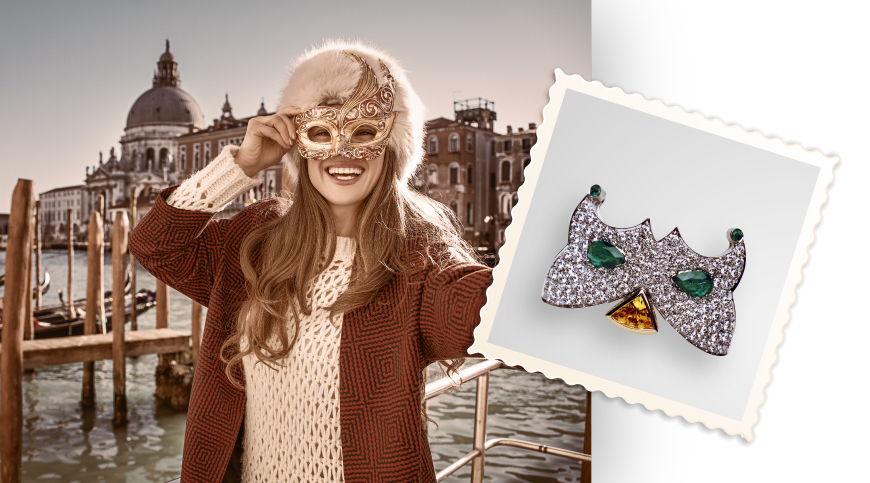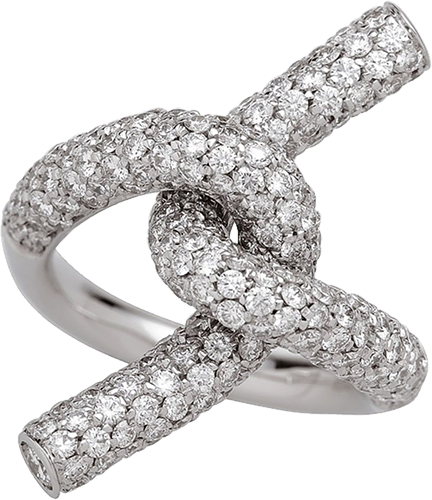Menu

25 February 2019
When you mention the Carnival of Venice, you cannot help but think about the atmosphere of this festival that officially starts on 16 February and runs until 5 March 2019, with a calender full of not-to-be-missed events and activities.
A festival of ancient origins that was brought back to life in the ‘900s
The origins of the Carnival are ancient and date back to the Roman Saturnalia festival when everything was permitted and hierarchies were temporarily turned upside down.
The official document that mentioned the Carnival as a “public” celebration dates back to 1296, although there was already news of a real trade in masks and costumes in 1271.
The Carnival of Venice, after reaching its peak in the 18th century, suffered an unexpected descent due to the decline of the Serenissima.
Over the centuries, this tradition was kept alive in the lagoon islands and, in 1979, thanks to the popular initiatives supported by the Italian government, the Carnival of Venice returned to its former glory, reviving old traditions and atmospheres.
The masks
The absolute and undisputed stars of the Carnival are the masks. In ancient times, the disguise was the true essence of the festival, it allowed residents to hide and protect their identity while engaging in frivolous and carefree behaviour.
Five masks of the Venetian tradition, different from those of the Commedia dell’Arte, have resisted over the centuries, they are:
- The Bauta or Larva mask, which is one of the most famous masks still used today. Extremely simple and versatile to use, the Bauta, also called Larva (from the Latin word meaning “ghost” or “mask”) is a simple white mask that hides the face but allows the wearer to eat and drink easily.
- The Bauta costume. The Larva mask is often worn together with a costume consisting of a dark cloak (tabarro) and a black three-cornered hat (tricorne). This mask can be worn by both men and women and was also used during other holiday seasons.
- The Moretta was usually worn by women. It consisted of a small oval mask in dark velvet and was worn with a small hat and elegant velvet garments. The Moretta is called a “mute” mask because there is no opening for the mouth and it is held in place by a button clenched between the teeth. Originally from France, it quickly became popular in Venice as it brought out the beauty of the feminine features.
- The Gnaga mask was used by men to disguise themselves as women. The traditional outfit includes common female clothing and a mask portraying a female cat.
To celebrate the tradition of this period, we at Salvadori have created a jewellery piece that symbolises the Carnival.
Our “Carnevale Veneziano” brooch is made of white gold with diamonds totalling over two carats. In particular, the eyes, a fundamental and unique aspect of each mask, are made with two beautiful rare emeralds, while the nose consists of a fine yellow sapphire.
A symbol and a jewel that once again unites our precious jewellery to the tradition of the city that gave birth to us.

